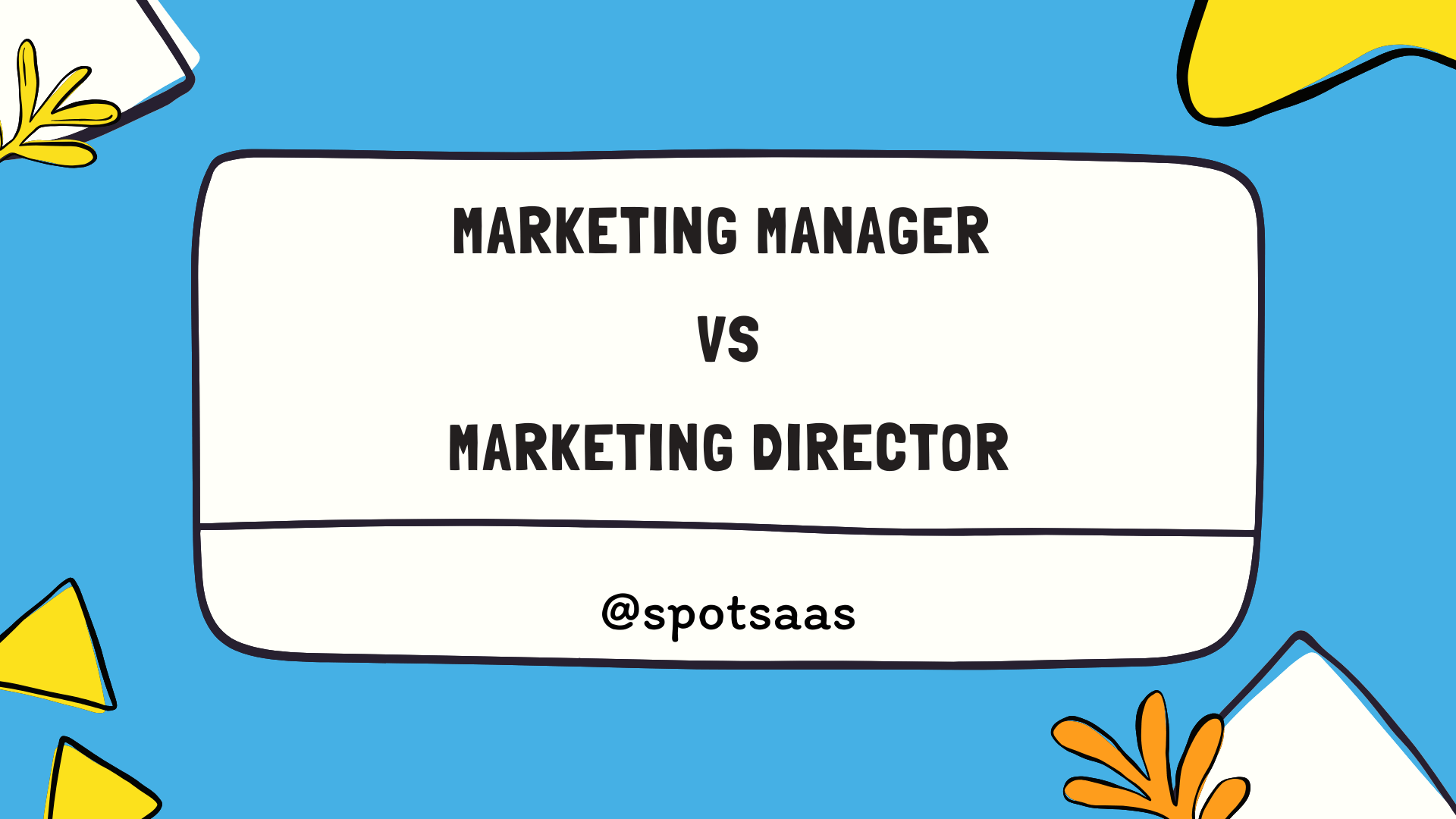Chief Marketing Officer ≠ Marketing Director

The roles and responsibilities of Marketing professionals are pivotal in shaping a company’s success. Two key positions, often scrutinised for their overlapping yet distinct functions, are Chief Marketing Officer (CMO) and Marketing Director.
Though both titles suggest a focus on marketing strategies and execution, a deeper exploration reveals nuanced differences in their scopes, responsibilities, and strategic contributions.
Key Differences between Chief Marketing Officer & Marketing Director
| Aspect | Chief Marketing Officer (CMO) | Marketing Director |
|---|---|---|
| Position in Hierarchy | C-suite executive | Middle to upper management |
| Reporting Structure | Reports to CEO | Reports to CMO |
| Strategic Vision | Shapes overarching strategy | Executes strategies |
| Financial Accountability | Accountable for overall dept. | Manages budget in a domain |
| Cross-Functional Role | Bridges marketing with other departments | Collaborates within specific departments |
| Risk Management | Focuses on market trends, identifies risks, and adapts to changes | Manages day-to-day operations, adapts to immediate challenges |
Key Responsibilities
Chief Marketing Officer (CMO):
- Overall Marketing Strategy: Develop and oversee the implementation of comprehensive marketing strategies aligned with business objectives.
- Brand Management: Direct brand development and ensure brand consistency across all channels and touchpoints.
- Market Research: Conduct market research to identify market trends, customer needs, and competitor activities.
- Budgeting and Resource Allocation: Manage the marketing budget and allocate resources effectively across various marketing initiatives.
- Team Leadership: Provide leadership and guidance to the marketing team, fostering a collaborative and innovative environment.
- Performance Measurement: Establish key performance indicators (KPIs) and metrics to evaluate the effectiveness of marketing campaigns and initiatives.
- Partnership and Collaboration: Collaborate with other departments such as sales, product development, and finance to ensure alignment and integration of marketing efforts.
Marketing Director:
- Campaign Development: Develop and execute marketing campaigns across various channels, including digital, print, and events.
- Team Management: Supervise and mentor the marketing team, including hiring, training, and performance evaluation.
- Budget Management: Manage the marketing budget, track expenses, and optimize spending to maximize ROI.
- Market Analysis: Analyze market trends, customer behavior, and competitor activities to identify opportunities and threats.
- Strategic Planning: Contribute to the development of the overall marketing strategy and ensure that marketing efforts support business objectives.
- Stakeholder Communication: Communicate marketing plans, objectives, and results to key stakeholders within the organization.
- Campaign Evaluation: Monitor and evaluate the performance of marketing campaigns, adjusting strategies as needed to achieve desired outcomes.
While both roles involve strategic planning, leadership, and campaign management, the CMO typically focuses on high-level strategy and cross-functional collaboration, whereas the Marketing Director is more involved in day-to-day campaign execution and team management.
Source internet
Other Articles

Vietnam’s Free Trade Agreements 2025
26/03/2025
10 Booming Industries in 2030
26/03/2025
Vietnam’s Renewable Energy Industry
26/03/2025
The Challenges Of Hiring Expats In Vietnam
26/03/2025
Key Employee Retention
10/03/2025






